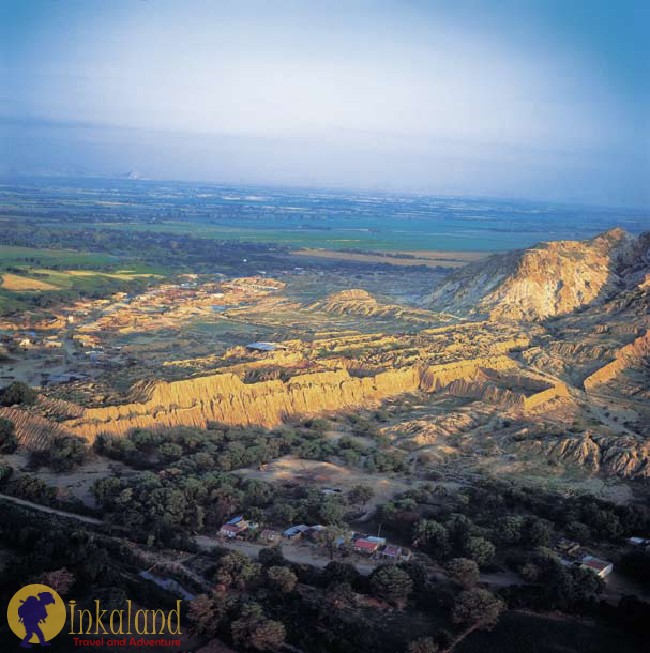THE COAST OF PERU

The Peruvian west coast bordering the Pacific Ocean is a long desert strip that stretches from the departments of Tumbes in the north bordering Ecuador, to Tacna in the south bordering Chile for a total length of 1,555 miles or 2,500 km. The average temperature from December to April is 25 to 28C or 53 to 59F and the average temperature from May to November is 12 to 15C or 53 to 59F.
The coast covers about 10% of the territory but is home to more than 50% of the population. Large cities such as Lima, the capital, Trujillo, Chiclayo and Tacna are located in the coast. Cities along the coast are the center of economic activity attracting people from the interior of the country looking for economic prosperity.
The desert varies along the coast, sometimes it is difficult to distinguish where the desert ends and the beach starts. The width varies from 10 to 100 miles or 16 to 160 km. The widest part of the desert is the Sechura desert located in the north between the towns of Piura and Chiclayo. Few people live in this area and its rich in phosphate rock used in fertilizers.
In the winter months it is covered with a thick fog or mist called garua which prevents the sun from penetrating and makes everything look gray. This is the result of the Humboldt Current, discovered in 1802 by scientist Alexander von Humboldt. He found that the temperature of the sea along the coast measured -13F or 8C lower than in similar latitudes elsewhere and that the air over land was warmer than over the sea. When the flow of cold water along the Pacific coast comes in contact with the dry desert air it forms a dense fog. Vegetation is also very diverse because of the different microclimates created by sea currents.
The dryness of the dessert makes agriculture a difficult task. Pre-Columbian civilizations such as Chimu, Lima, Paracas and Nasca flourished in small areas and were supported by rivers coming from the mountains. They were able to channel the water from the rivers that created the valleys that we know today. This source of water relies on rain in the Andes and makes these valleys subject to drought or flood. Other than these valleys most of the coastal landscape is dry and dusty. The dryness of the coast has preserved mummies, ruins and pre-Columbian art such as textile and pottery made by these ancient pre-Inca civilizations that flourished in the coast of Peru. However, in some parts of the coast known as lomas the fog is so dense that water condenses enough to support the local vegetation.
The Peruvian Coast: Lima, Piura, Tumbes, Ica, Trujillo, Mollendo, arequipa, tacna,la Libertad. Back to top



Comment (0)